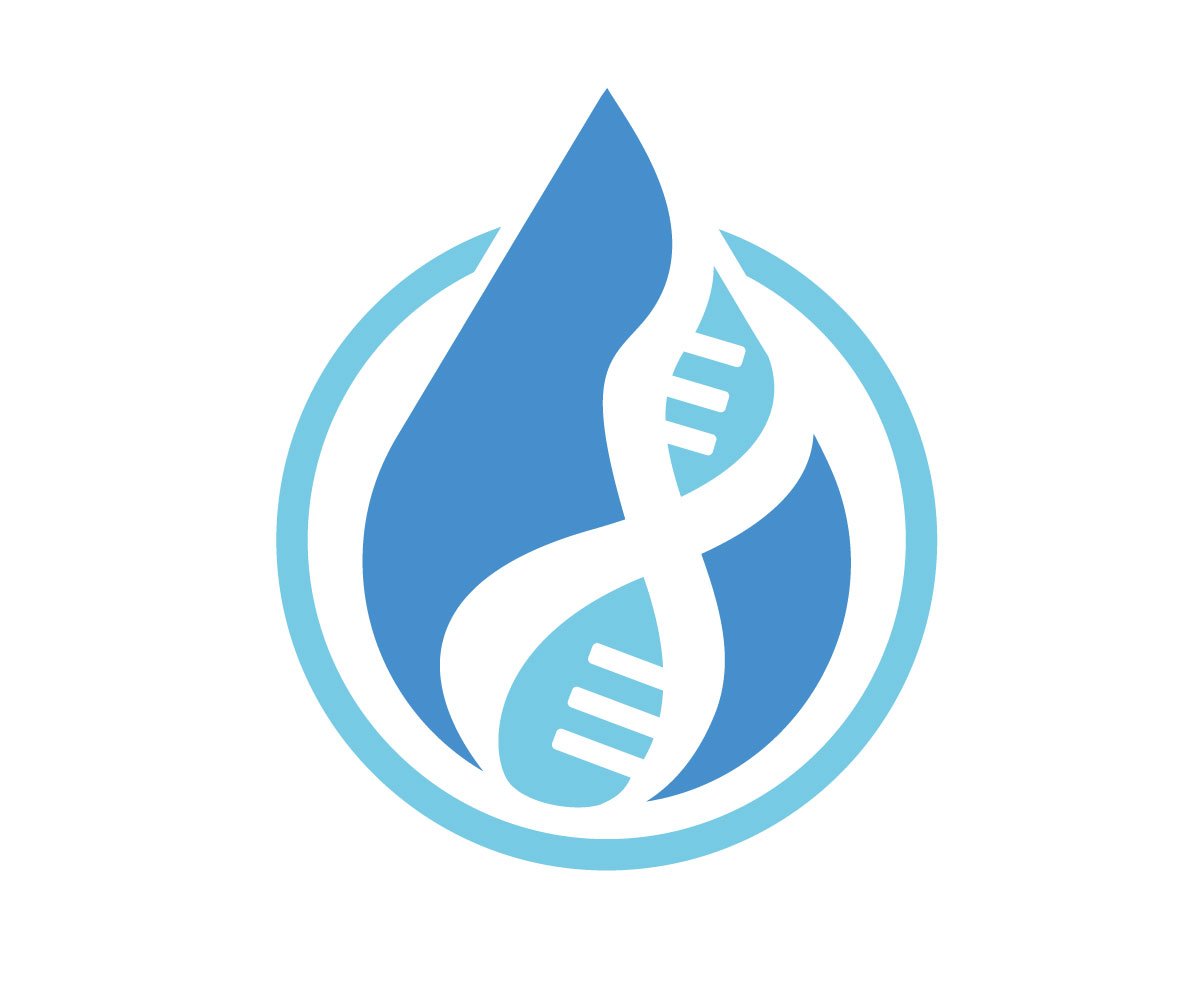Genetic Sexual Attraction - A Couple’s Story as a Result of a 23andMe Test Discovery
A story was posted on Reddit by someone claiming to have discovered he and his girlfriend are half-siblings, the discovery coming after both opted in to the DNA Relatives feature for their 23andMe test.
Sign up to read this post
Join Now

